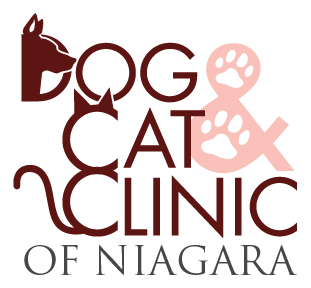At the Dog & Cat Clinic we have an in-house laboratory with the most advanced machines available. We are able to processes blood, urine, fecal, fluid and tissue samples. With the in-house laboratory we are able to get instantaneous results, so that we can get back to helping your pet as quickly as possible. We also use an external laboratory for complex analyses.
At The Dog & Cat Clinic we have an Ultrasound Technician who comes to the clinic offering mobile ultrasound services. This allows our patients to stay within the clinic when undergoing treatment and testing.
The importance of ultrasound cannot be understated. Pets can be stoic creatures and will often hide when they are not well making it challenging to diagnose their illness. Diagnostic imaging is typically performed after a physical examination and blood tests indicate a possible problem.
Ultrasonography (also called ultrasound or sonography) is a noninvasive, pain-free procedure that uses sound waves to examine a pet’s internal organs. It does not involve radiation and has no known side effects. The belly or chest is shaved and a gel is applied to the skin. This gel helps the ultrasound transducer (a small handheld tool) to slide easily over the skin and create a more accurate visual image. The transducer emits sound waves toward the body structures. These waves create echoes of varying degrees, depending on the density of the tissue. The echoes are then converted into detailed, three-dimensional, moving images that can be viewed on a monitor.
Ultrasound visualizes organs differently than a radiograph. For example, if the abdomen is filled with fluid, the organs cannot be viewed on a radiograph because the fluid and tissue have the same density. An ultrasound can see through the fluid and is able to distinguish organs from one another. It is also useful, for the same reason, for seeing inside an organ. Ultrasound does not replace radiography because it cannot see through air or bones. These procedures complement each other. It is common to advise both x-rays and an ultrasound in order to get a complete picture of a patient’s health.
By gathering information about your pet’s illness through the diagnostic process, we are able to better inform you about their prognosis and the treatment options available.
If you have any questions about our ultrasonography service or what to expect during the procedure, please do not hesitate to ask.



